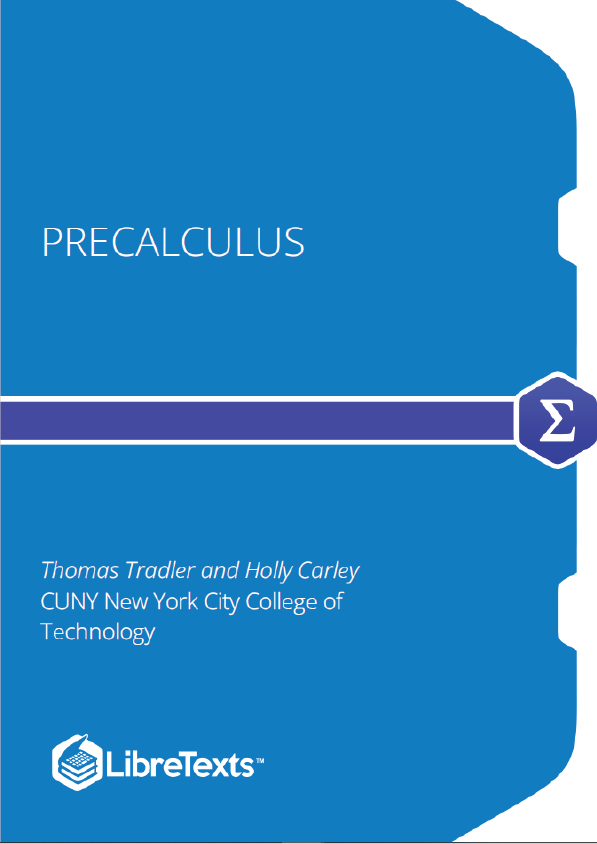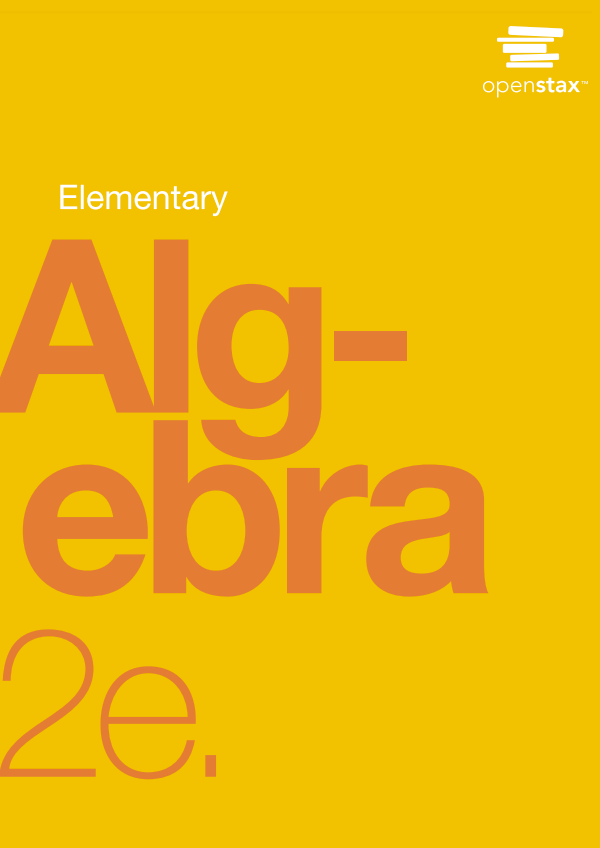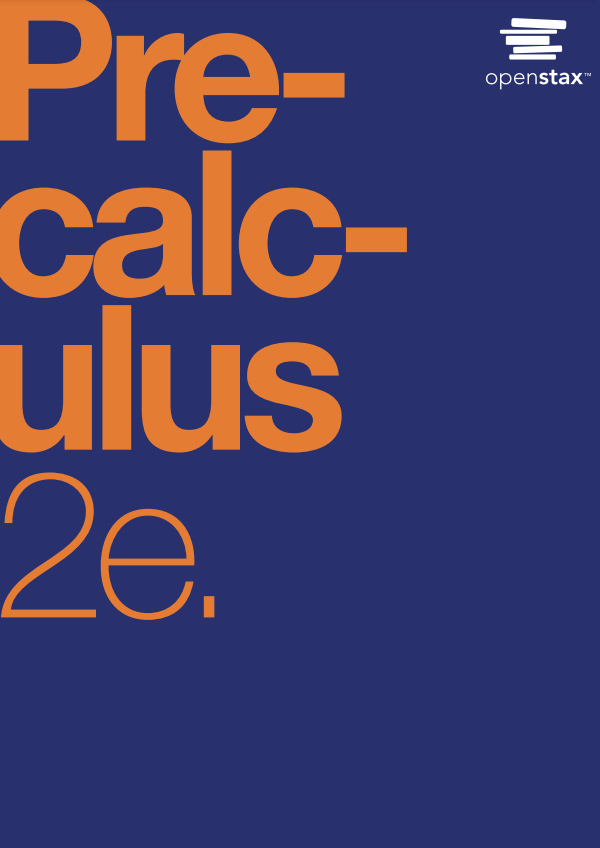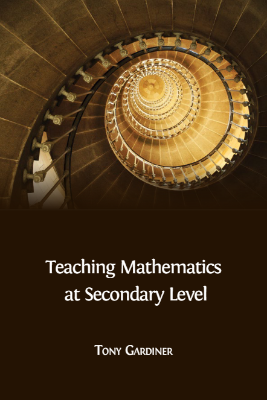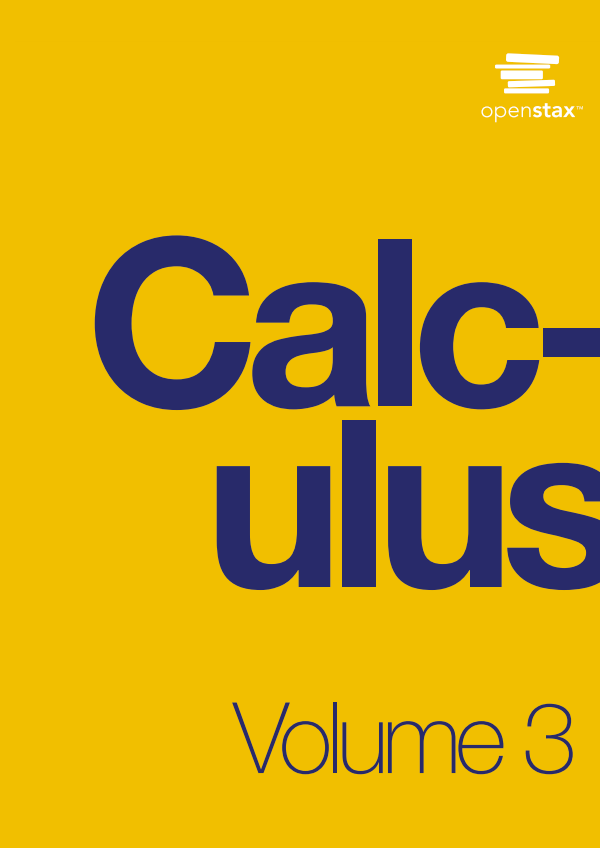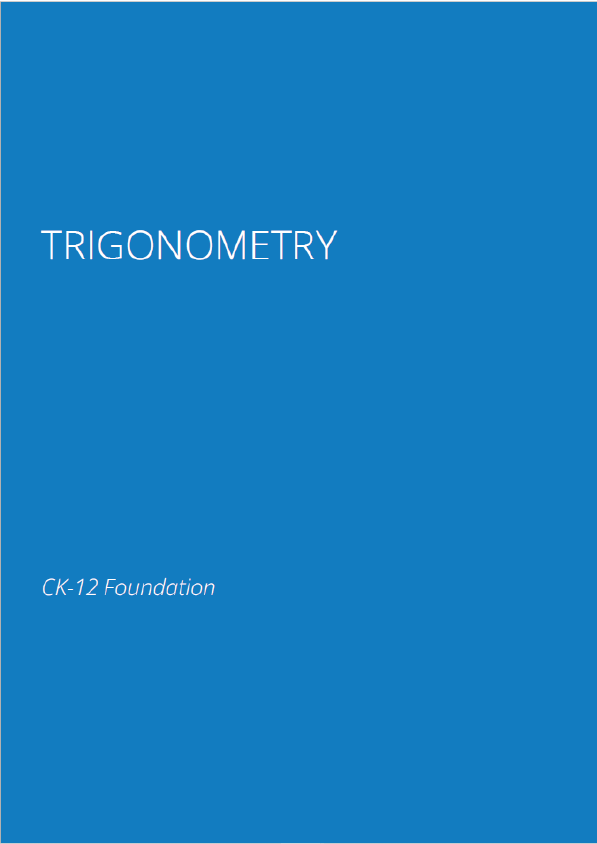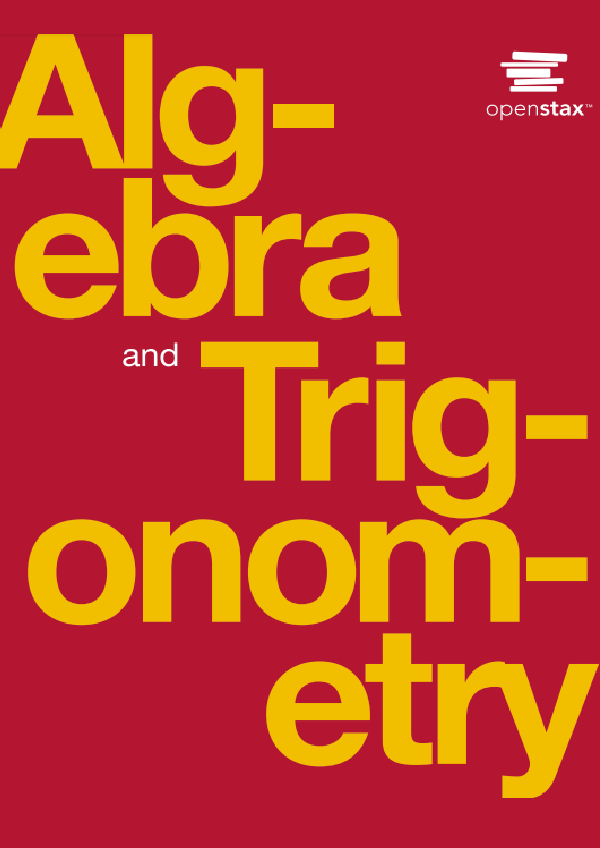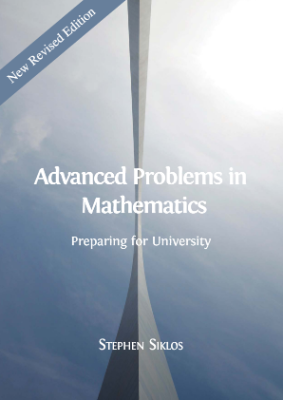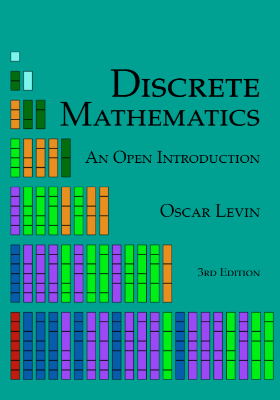These are notes for a course in precalculus, as it is taught at New York City College of Technology – CUNY (where it is offered under the course number MAT 1375). Our approach is calculator based. For this, we will use the currently standard TI-84 calculator, and in particular, many of the examples will be explained and solved with it. However, we want to point out that there are also many other calculators that are suitable for the purpose of this course and many of these alternatives have similar functionalities as the calculator that we have chosen to use. An introduction to the TI-84 calculator together with the most common applications needed for this course is provided in appendix A. In the future we may expand on this by providing introductions to other calculators or computer algebra systems.
Absolute value inequalities
Using the notation from the previous section, we now solve inequalities involving the absolute value. These inequalities may be solved in three steps:
- Step 1: Solve the corresponding equality. The solution of the equality divides the real number line into several subintervals.
- Step 2: Using step 1, check the inequality for a number in each of the subintervals. This check determines the intervals of the solution set.
- Step 3: Check the endpoints of the intervals. Here are some examples for the above solution method.
Since we will be dealing with many functions it is convenient to name various functions (usually with letters , etc). Often we will implicitly assume that a domain and codomain are given without specifying these explicitly. If the range can be determined and the codomain is not given explicitly, then we take the codomain to be the range. If the range can not easily be determined and the codomain is not explicitly given, then the codomain should be taken to be a ‘simple’ set which clearly contains the range.
There are several ways to represent a particular function (all of which may not apply to a specific function): via a table of values (listing the input-output pairs), via a formula (with the domain and range explicitly or implicitly given), via a graph (representing input-output pairs on a coordinate plane), or in words, just to name a few. We have seen examples of the first three of these in previous sections. Our discussion in this section goes into greater detail.
A university creates a mentoring program, which matches each freshman student with a senior student as his or her mentor. Within this program it is guaranteed that each freshman gets precisely one mentor, however two freshmen may receive the same mentor. Does the assignment of freshmen to mentor, or mentor to freshmen describe a function? If so, what is its domain, what is its range?
Solution Since a senior may mentor several freshman, we cannot take a mentor as an “input,” as he or she would be assigned to several “output” freshmen students. So freshman is not a function of mentor.
On the other hand, we can assign each freshmen to exactly one mentor, which therefore describes a function. The domain (the set of all inputs) is given by the set of all freshmen students. The range (the set of all outputs) is given by the set of all senior students that are mentors. The function assigns each “input” freshmen student to his or her unique “output” mentor.
